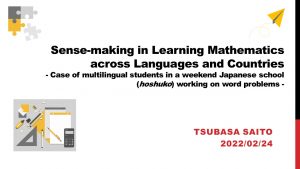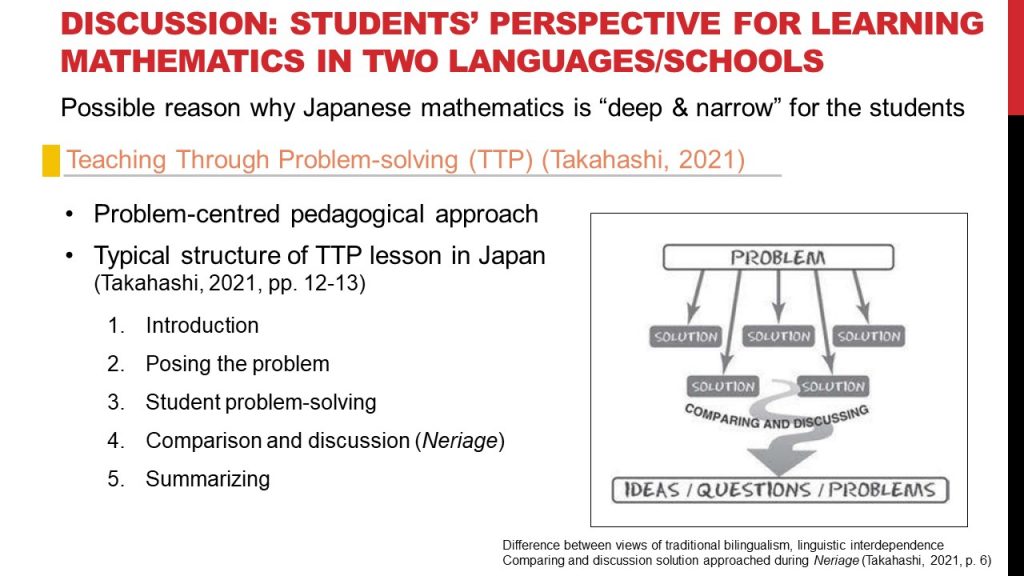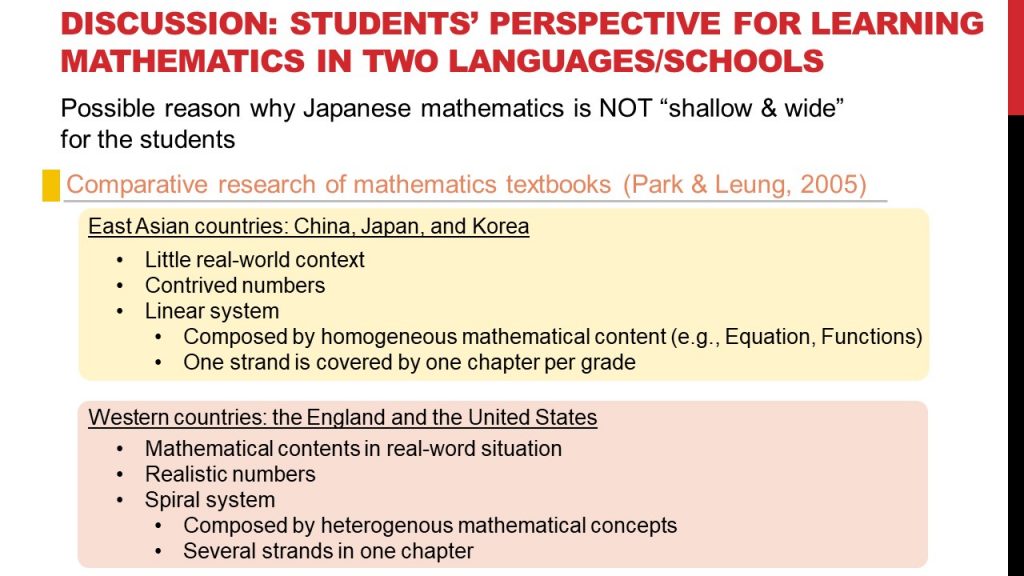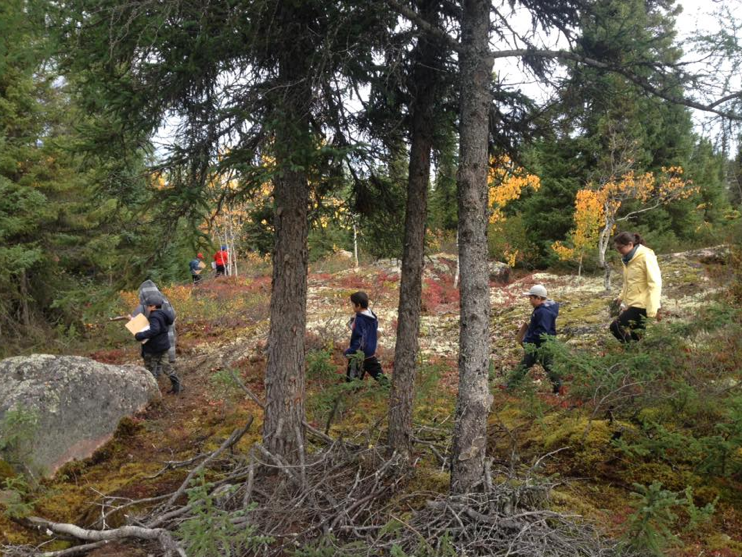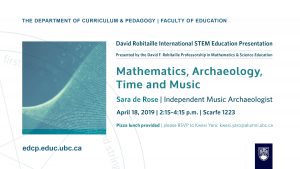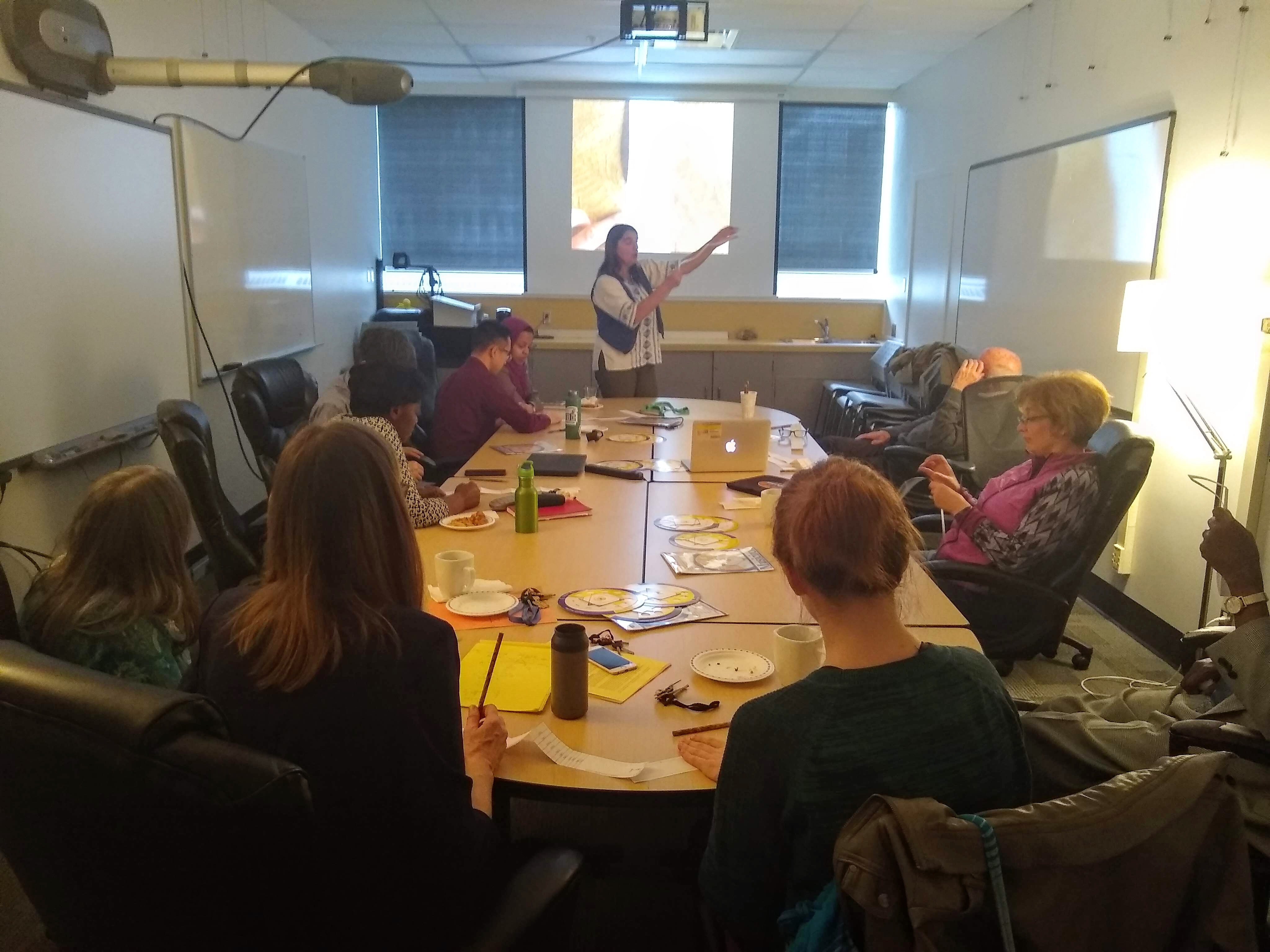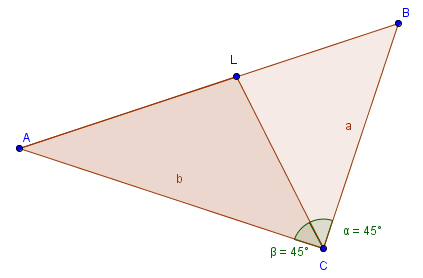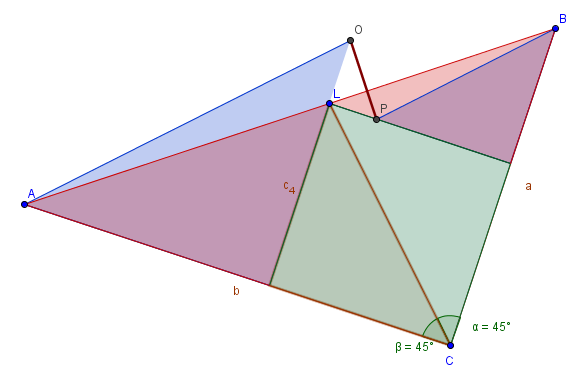Presenter/Guest Speaker: Qiaochu (Joy) Xu, UBC Department of Curriculum and Pedagogy Masters Student
Date: March 10th, 2022
Host: Dr Cynthia Nicol
How Chinese Immigrant Parents’ Expectations and Aspirations for their Children’s Math Learning Interact with British Columbia’s School Systems and Curricula
In this SyMETRI session, Qiaochu (Joy) presented her M.Ed. Capstone project about the Chinese immigrant parents’ expectations and aspirations for their children’s math learning interacting with British Columbia’s School Systems and Curricula. She shared the voices from the Chinese immigrant community, exploring what they feel is working well and what seems to be lacking, and where they place their children in the two education and value systems of China and Canada. Chinese parents in this study have a relatively high level of engagement in their children’s math education, devoting themselves to helping their children succeed inside and outside the school domain.
The Chinese parents in this study suggested that their children would benefit from faster-paced math classes and increased challenge to the current level. The four families that participated in this study hope to learn better ways for understanding the curriculum and to find effective ways to communicate with their child’s math teacher.
During the presentation, other issues faced by immigrant parents were also raised. Some of these were lacking language proficiency to provide homework support and peer pressure from members of their Chinese immigrant community and the broader Canadian community.
This interactive presentation offered an opportunity for participating educators to share their thoughts and experiences when working with students from immigrant families.


